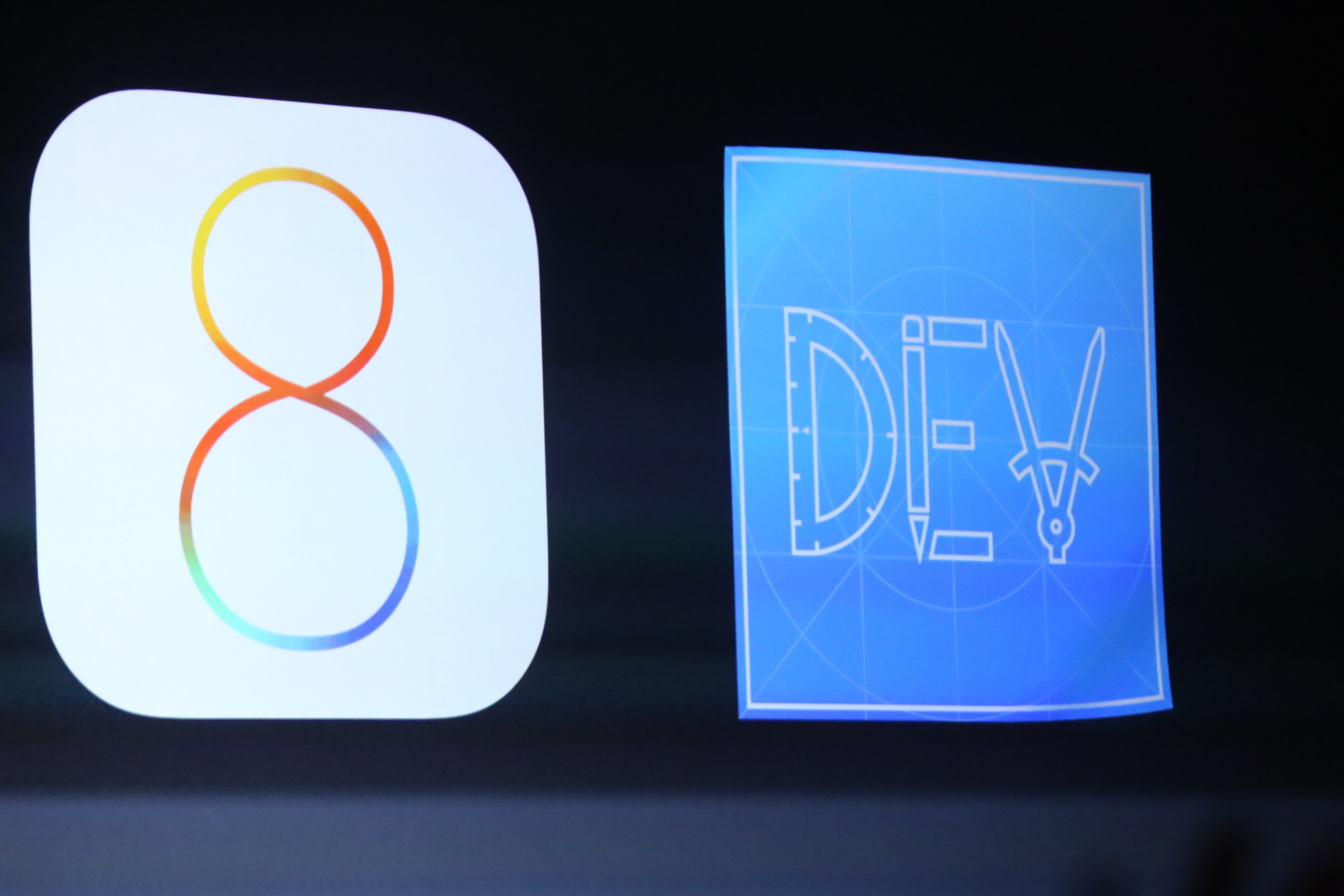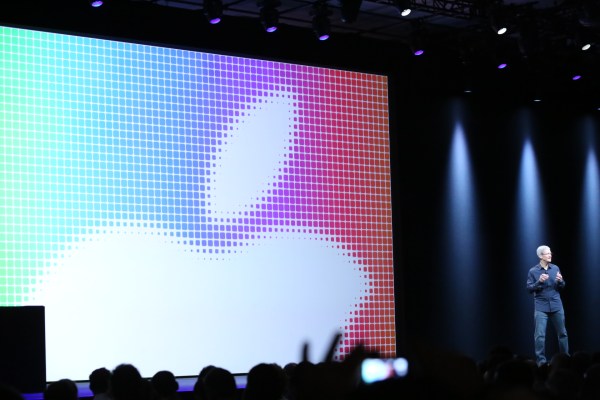Apple’s WWDC keynote this morning laid out some welcome consumer-facing features coming to iOS and OS X. But the biggest announcements by far were the ones in which Apple delivered developers a wish list of items that nailed every major pain point in the ecosystem.
This afternoon, Apple expanded on its offerings for developers, and every developer I’ve spoken to this far has been ecstatic about the amount of issues Apple is fixing with this round of updates.
During its morning keynote, Apple introduced a new programming language called Swift. It promises to be a simpler, more focused language that helps people build apps in a more interactive fashion. A new feature called the Playground gives a live view of the effects that your code will have on your app in real time. The company also says that it’s updating the WWDC app on the App Store to a version built using Swift, as proof that it is a “real” language, ready for use.
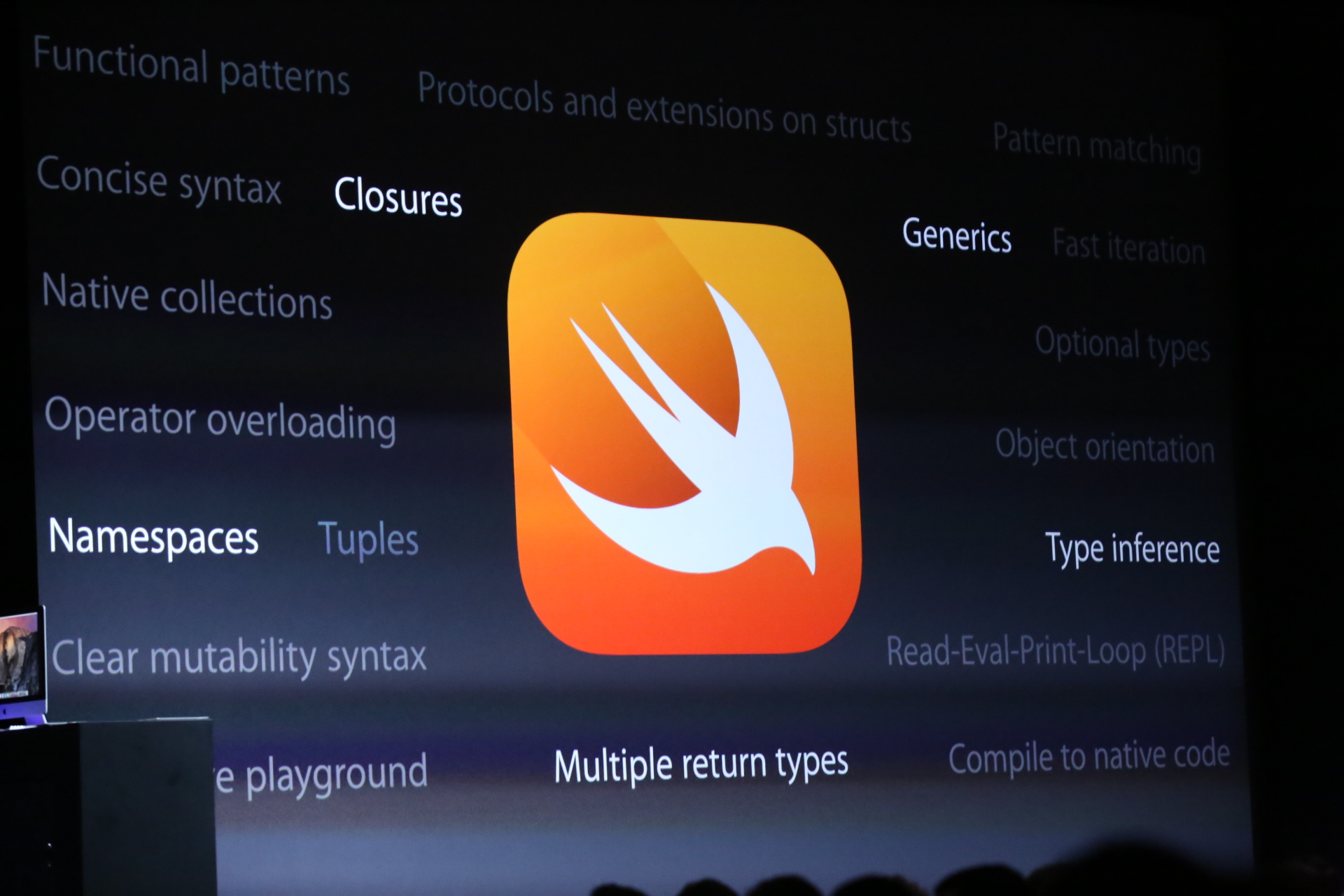
Apple is also expanding its back-end support by integrating its recent acquisition, TestFlight, right into the tools that its developers are offered. TestFlight will allow developers to offer 1,000 users beta versions of its apps. That’s 1,000 individual users, not devices — an important distinction that any developer who has ever beta tested its apps will appreciate.
Previously, a developer could only provision 100 devices across all users. This extended beta testing suite will lead to better, more bug-free apps.
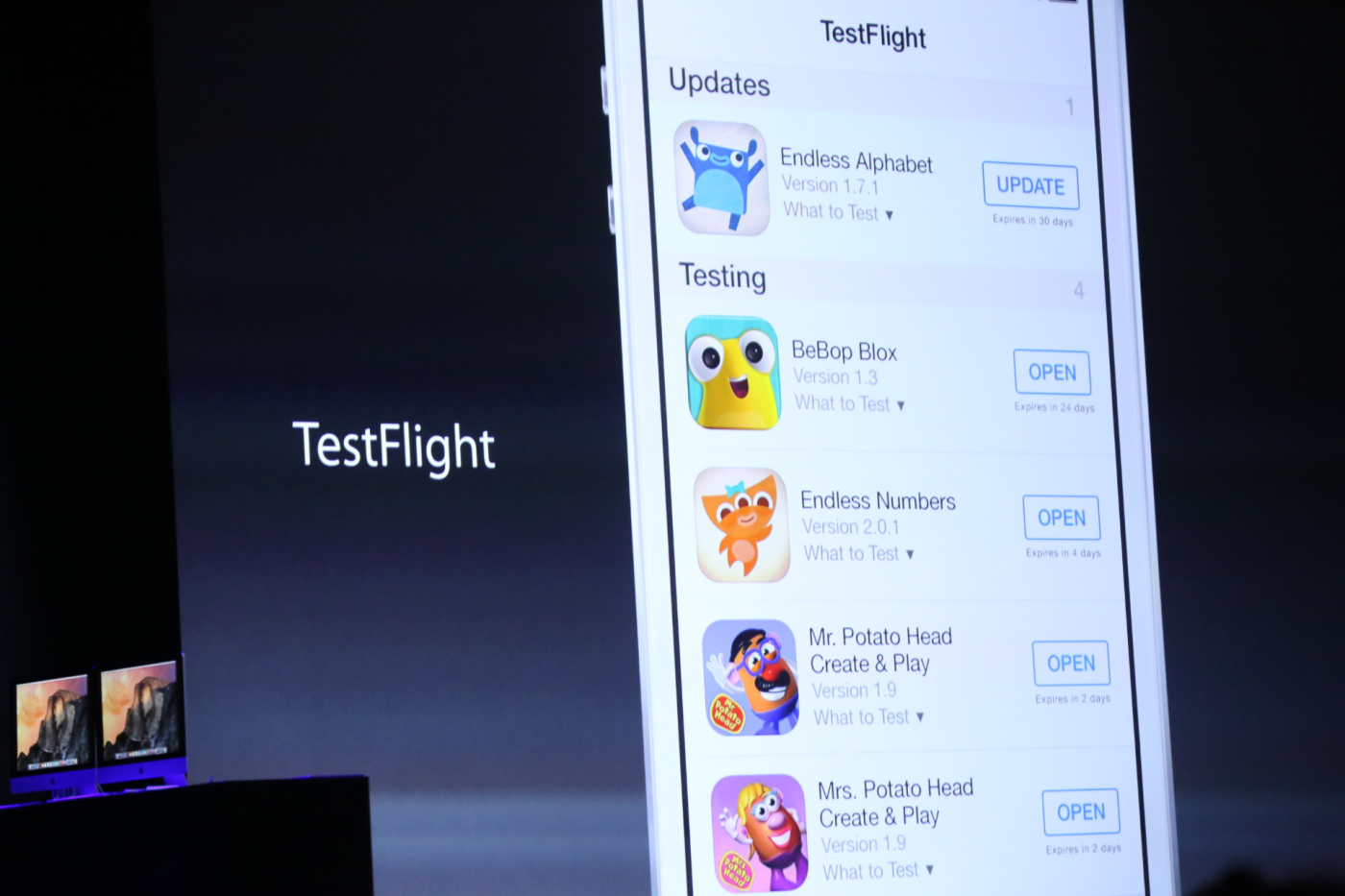
Gone, as well, is the fiddly handling of individual profiles, as all that is needed is a user’s Apple ID. Simple and understandable — everything Apple’s previous solutions for beta testing were not. And Apple is providing it completely free.
iTunes Connect, the tool that Apple offers to developers to keep track of the apps they have on the store, has also been revamped with a cleaner design. In addition, it now offers expanded analytics that let developers track downloads of apps, retention (how long people keep using their apps) and even how many visits there have been to a developer’s app page.
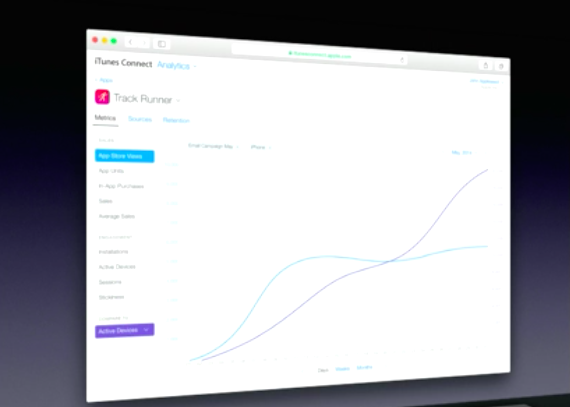
Notably, Google’s developer console has been providing far deeper analytics and beta testing options for developers on Android. Android developers have enjoyed built-in translation features and a real understanding — via numbers — of how people are downloading, using and retaining their apps.
Today’s announcements show Apple’s acknowledgement of these competing tools and bring much of Apple’s backend in line with the best suites out there from its competitors.
Competition And Refinement
“The introduction of Swift is great for the future of the platform, but the best offerings are the new analytics and beta distribution tools. Both have been major pain points since the App Store was released,” says Justin Williams of Second Gear. “Being able to track how many views your app has received in the App Store has been a must-have for years. I’m glad it’s finally coming.”
In addition, Apple has also said that it will introduce a full crash-reporting suite that developers can use to track crashes in their apps. This comes standard and will replace many third-party options from companies that have built a business off of tracking fatal errors in apps.
That goes for beta testing, as well. Apple’s gift of TestFlight to developers throws a bit of a kink in the future of third-party options like HockeyApp or Crashlytics’ new (also free) beta testing suite. But the testing situation has been so bad for so long that developers are reacting positively to this.
“Not much was announced so we’re not exactly sure how it will work, but the new 1,000-user limitation with unlimited devices per user is a great start,” says HockeyApp co-founder Michael Simmons. “HockeyApp’s mission is to be the best app development platform, period, so we support OS X, iOS, Android, and Windows Phone. In addition to beta distribution, we also provide analytics and live crash reporting.”
“Apple’s solution or at least what they’ve announced so far, which was very minimal,” says Simmons, “seems to just be an improvement to beta testing and while they did announce live crash reporting they said it wasn’t coming until later next year.”
Photos
Apple has also expanded its photos and camera tools for developers. You can set shutter speed, white balance and ISO and even lens position and bracketed exposure right in the iOS. iOS developers can also use Apple’s CPU to process images.
Giving developers granular control over the way that the iPhone’s camera shoots images is a long-standing request for those who build photo apps. Photography apps are some of the most popular on iOS, and Apple has made the iPhone one of the most popular cameras in history.
There are also a couple of new tweaks in layout tools like better landscape support and support for adaptive UI that point toward Apple wanting developers to test out larger screen sizes for iOS devices. Though it doesn’t explicitly foretell bigger iPhones on the way, it doesn’t do anything to dispel those rumors.
Though details are still somewhat light, Apple has also expanded support for iCloud storage to developers, offering up to 1 petabyte of storage — enough for about 10 billion photos — to developers creating apps, for free. Because iCloud users don’t need any additional credentials to start using storage, onboarding is theoretically easy, and doesn’t require developers to use transparent services like AWS or Dropbox. Apple’s pitch on iCloud is simple: We have tons of iCloud users, and every one of those could be yours.
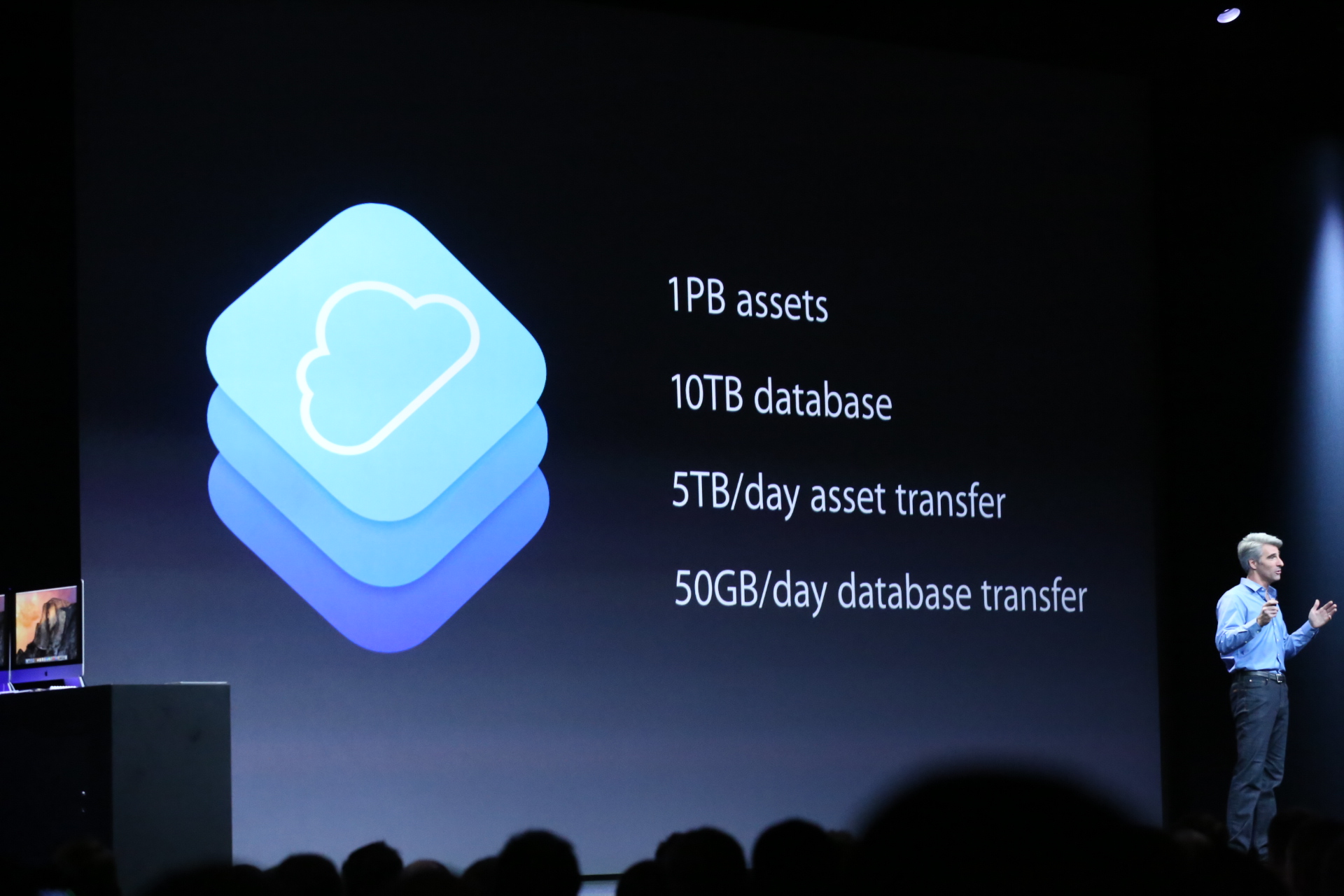
Fanservice
Overall, this year’s WWDC conference keynotes have painted a strong picture of Apple listening to developers and delivering on their biggest pain points. Nearly every major announcement was dedicated to making aspects of development easier.
Apple also introduced some nice improvements to the App Store, including better search and video screenshots.
“I’m most excited about Apple’s changes to the App Store. Having the tools to build better apps is great, but building apps isn’t the point,” says developer David Barnard of Contrast. “The point is to entertain and empower iOS users. And it doesn’t matter how great an app is if no one downloads it or work on the app isn’t financially viable. With over a million apps in the App Store, the iOS 8 changes inherently can’t be a panacea for all apps, but Apple is taking a big step toward an App Store that better highlights great apps and empowers conscientious developers.”
On top of that, Apple has developed a new programming language, in secret, that will enable millions more people to jump into app development. It’s not that there were any major issues (depending on who you ask) with Objective-C, but Swift is cleaner, simpler and more friendly.
Among those developers are the host of school-age WWDC scholarship attendees, the youngest of which Apple CEO Tim Cook said was 13. With Swift, and all of its announcements today, Apple is being proactive about courting the next generation of developers.
